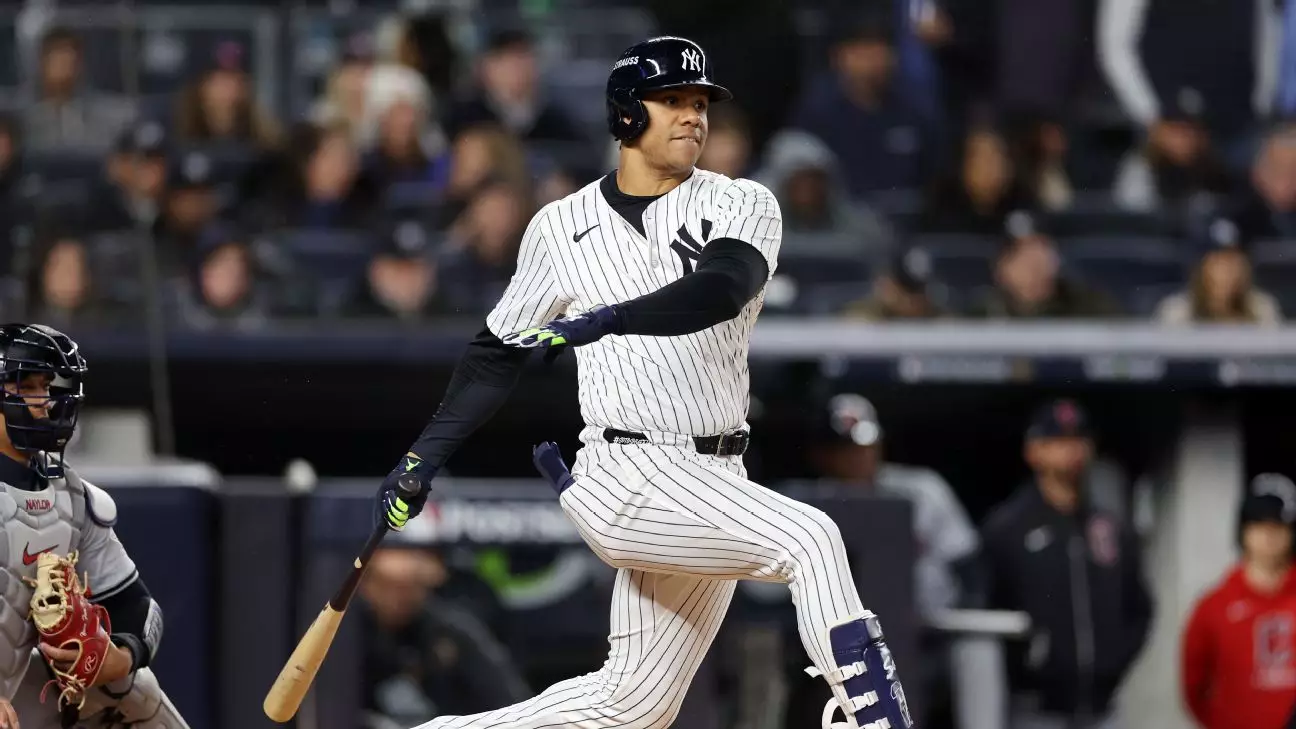The free agency period in Major League Baseball (MLB) is a high-stakes game where talent meets business acumen, particularly when it involves a player of Juan Soto’s caliber. As he prepares to enter this phase, Soto, represented by agent Scott Boras, is focusing on a meticulous evaluation of the teams interested in securing his services. This methodical approach underscores the prominence Soto holds in the league, especially given his recent performance that included 41 home runs and a trip to the World Series with the New York Yankees in 2024.
Boras’s commentary during the general manager’s meetings reveals that Soto is not merely seeking a lucrative contract; he is looking to align himself with an organization that shares his aspirations for sustained success. This strategy aligns with the growing trend among top athletes to prioritize opportunity and support over financial gain alone. The emphasis on personal meetings with teams‘ ownership suggests that Soto is not only weighing the financial aspects but also gauging the long-term vision of potential suitors.
Boras’s insistence that Soto wishes to engage with ownership is pivotal in understanding the negotiations that lie ahead. Players are increasingly aware that the support of ownership can influence the trajectory of their careers. Soto’s inquiry into ownership’s commitment to winning reflects a broader trend wherein athletes recognize the importance of organizational stability and ambition in their professional journeys.
For teams like the Yankees, who recently benefitted from Soto’s offensive prowess, securing his loyalty hinges not just on financial metrics but also on their commitment to cultivating a winning culture. This sentiment is echoed in Boras’s statement about ownership meeting with Soto to discuss their aspirations, which could potentially sway his decision. It opens up broader conversations about how modern athletes seek not just a paycheck, but a partnership rooted in shared goals.
As Soto enters the market, comparisons to fellow superstar Shohei Ohtani are inevitable, particularly concerning their projected contracts. However, Boras has been clear in delineating the two players‘ situations. While Ohtani’s 10-year, $700 million deal with the Los Angeles Dodgers sets a benchmark, Soto’s age — 26 — becomes a crucial differentiator in negotiations. The potential for his longevity in the league makes him a more enticing prospect for teams, as they consider not just immediate impact but also his future contributions.
Boras’s dismissal of the need to compare Soto to Ohtani signifies that each player’s circumstances are unique, and teams must evaluate talent based on their specific needs. Soto’s trajectory, marked by time spent with three different teams and significant playoff experience, adds layers to his marketability, showcasing his adaptability and resilience as he faces this new chapter.
As conversations about Soto’s future intensify, it is essential to recognize the competitive dynamics at play. Both New York franchises have expressed interest, alongside other major contenders like the San Francisco Giants and Toronto Blue Jays, creating a complex landscape for negotiations. Each interested team presents not only financial incentives but also scenarios that cater to Soto’s goal of belonging to a championship-caliber franchise.
Boras’s comments regarding the competitive balance tax also highlight a shifting paradigm in how teams approach high-value acquisitions. Potentially overlooking tax implications to prioritize the acquisition of elite talent reflects a departure from previous strategies that might have stymied larger deals.
As Juan Soto evaluates his options in free agency, the implications extend far beyond his personal contract. This moment encapsulates a larger narrative in MLB regarding how franchises engage with their superstars and emphasize the significance of shared vision and ambition. Soto’s decision will surely inspire discussions on player empowerment, the evolving relationship between athletes and franchises, and the strategic thinking that defines modern baseball operations.
Ultimately, while Soto’s journey through free agency is just beginning, it holds the potential to redefine expectations and highlight the direction in which athletes aim to steer their careers in conjunction with their teams. The coming weeks will not only determine Soto’s immediate future but may also impact the way NBA teams approach recruitment and player engagement for years to come.


Napsat komentář